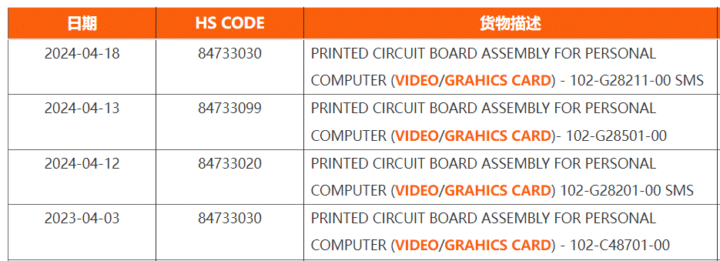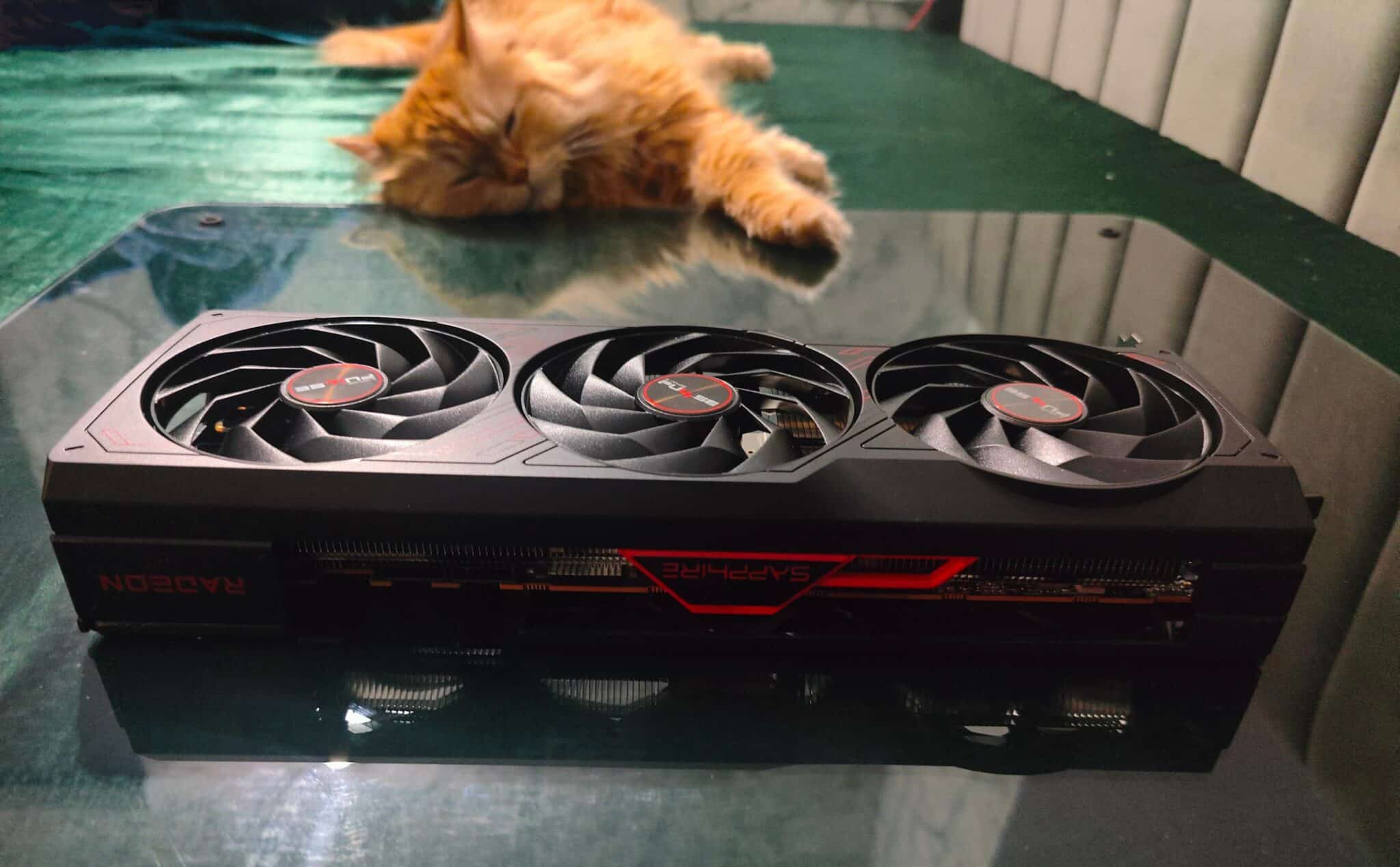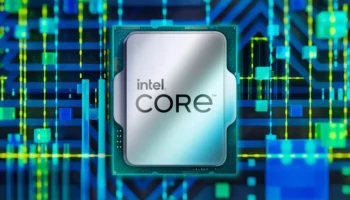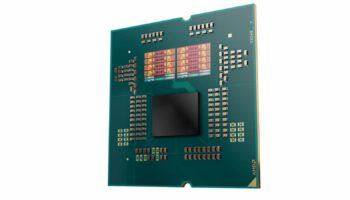A shipping manifest mentioning AMD’s RDNA 4-based Navi 48 GPU has surfaced. The sample in question is an evaluation board leveraging the A0 stepping. The graphics card has a production date of Q2 2024, implying that internal testing started not so long ago. A total of four PCBs have been mentioned in the manifest, including the 102-G28201 which is paired with Navi 48, the GPU set to power the Radeon RX 8700 XT.
Update: The Navi 48 XTX will allegedly be called the RX 8700 XTX with a cut-down XT variant.

We know a fair bit about the Radeon RX 8700 XT and the Navi 48 core powering it. The midrange RDNA 4 GPU is expected to feature 32 Dual Compute Units (64 CUs) and 4096 stream processors. It will likely be paired with a 256-bit bus and backed by 64 MB of L2 cache. The Navi 48 die will be fabbed on TSMC’s N4P process and will be equipped with Samsung’s GDDR6 memory modules.

Recent PS5 Pro leaks indicate that RDNA 4 will feature an upgraded ray-tracing engine with twice the ray-box/ray-triangle intersection bandwidth as RDNA 3. The PS5 Pro leverages an interesting RDNA 3 GPU with the capabilities of RDNA 4. According to sources, we’re looking at 30 WGPs (60 Compute Units or 3,840 shaders) with BVH8 traversal shaders (ray tracing accelerators), up from 18 WGPs (36 Compute Units or 2,304 shaders) with BVH4 traversal.
Here’s the difference between BVH4 and BVH8 shaders: AMD’s ray-tracing pipeline includes the texture units that are used for ray-box/ray-triangle intersection tests.

In RDNA 2 and RDNA 3, each box node running on a texture unit can handle 4 ray-box intersections (or 4 ray-triangle intersections) per cycle. RDNA 3 uses certain instructions to improve it, but this is the base figure.
The PS5 Pro GPU leverages compute units capable of BVH8 (8 ray-box intersections per cycle), twice as much as the PS5 and Radeon RX 7000 GPUs. This is where the 2-3x ray-tracing performance uplift comes from. NVIDIA’s RTX GPUs offload the ray-box/ray-triangle intersection tests to the RT Cores, but AMD RDNA 2/3 designs utilize the SIMDs (shaders and texture units).

 Intel i9-14900K/13900K CPUs Unstable even with Baseline Power Profile: Crashes in Games Persist
Intel i9-14900K/13900K CPUs Unstable even with Baseline Power Profile: Crashes in Games Persist AMD Ryzen 7 8840U/7840U is ~2x Faster than the Snapdragon X Elite in Gaming (At the Same Power)
AMD Ryzen 7 8840U/7840U is ~2x Faster than the Snapdragon X Elite in Gaming (At the Same Power) AMD Ryzen AI 300 “Strix Point” Uses Cut-Down CPU Cores & Similar Instruction Throughput as Zen 4
AMD Ryzen AI 300 “Strix Point” Uses Cut-Down CPU Cores & Similar Instruction Throughput as Zen 4 AMD Ryzen 9000 vs Intel 15th Gen/Core Ultra 300 CPUs Specs, Pricing, and Release Date
AMD Ryzen 9000 vs Intel 15th Gen/Core Ultra 300 CPUs Specs, Pricing, and Release Date